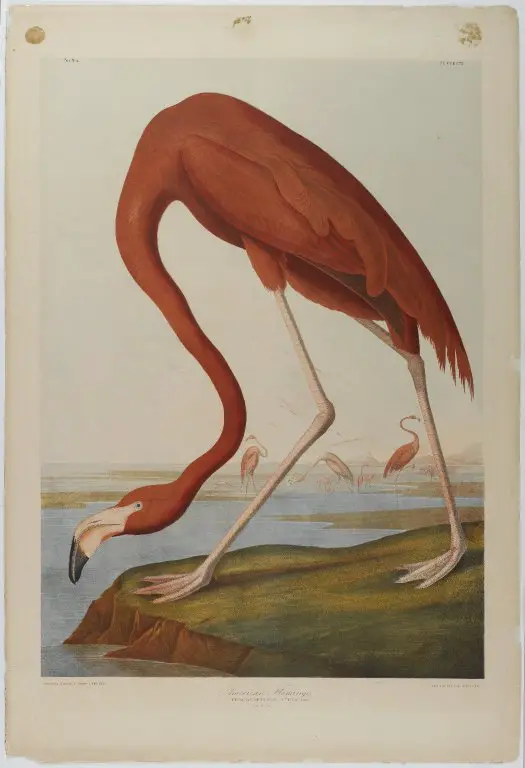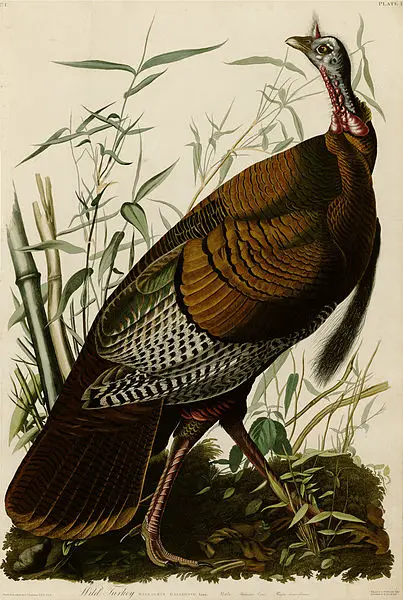Nature Writing and Learning
Nature writing and learning went hand-in-hand in the United States from 1800 to 1850. With the country expanding into new areas of wilderness and unknown natural settings, the public became engaged in learning about new natural wonders.
Nature writing and learning also intersected many different philosophies of the United States from 1800 to 1850. Philosophies such as Transcendentalism, Romanticism, and Realism used nature writing as a way to describe the new identity of Americans.
The new identities described by writers at this time include self-reliant and independent.

Nature writing and learning included essays, poetry, natural history, travel, adventure, and writing on solitude or escape of the urban environment. One of the most well-known nature writers was Henry David Thoreau who published Walden in 1854.
Another important figure was Ralph Waldo Emerson who is referred to as the first philosopher of nature in the United States. His essay named Nature published in 1836 was instrumental in the Transcendentalist Movement of the early 1800s.
Exploration and learning
Nature writing and learning was influenced greatly by the expansion of the United States. Exploration of the New World outside of urban areas also influenced nature writing and learning. As expeditions traveled from the East into the wilderness of the West, new ideas, plants, animals, and people were discovered.
One of the first pieces of nature writing in the United States was written by William Bartram. His book the Travels of William Bartram published in 1791 chronicled his travels in the southeast.
Before Thomas Jefferson was President of the United States, he was interested in the natural world and its surroundings. He commissioned the Corps of Discovery in 1803 to travel to the West Coast which discovered numerous new items from Native Tribes to plants to animals. Their discoveries were detailed in the journals written by Lewis and Clark who led the expedition.
Another important piece of nature writing was compiled by John James Audubon. His book The Birds of America published in the late 1830s was instrumental in describing birds and habitat within America during his travels. The book highlighted 25 new species and 12 new subspecies of birds.
Nature writing and philosophy
Nature writing and learning were a bug part of two philosophical movements in the United States from 1800 to 1850. These new movements in the United States included Romanticism and Transcendentalism which flourished from the 1810s to 1850.Each of these movements believed nature was important and defined the new character of people in the United States.
The writings stressed that nature helped people escape from reality. Nature was used to free our minds in order to connect with our spiritual being.
Two of the most important nature writers of these movements were Ralph Waldo Emerson. He crafted the essay named Nature in 1836. The essay explains four distinct uses of nature which were commodity, beauty, language, and discipline.
He explains that people used these four aspects for basic needs, delightful desire, communication between people, and finding the truth in the world.

Another important early nature writer is Henry David Thoreau. He started his writing career as a wildlife writer for The Dial, a Transcendentalist publication.
He published Walden also known as Life in the Woods in 1854. His book outlined his experiences at Walden Pond where he spent two years. He believed that nature helped people find themselves and improved personal growth through self-sufficiency and simple living.
Important facts about Nature Writing and Learning in the United States from 1800 to 1850
- The first piece of nature writing and learning in the United States was published by William Bartram in 1791.
- Nature writing and learning were instrumental in developing the natural history of the United States.
- The Corps of Discovery in 1803 was in part an expedition about nature writing and learning.
- John James Audubon published The Birds of America in the late 1830s which explains different habitats and includes 25 new species of birds.
- Nature writing and learning was a key point in two movements which were Romanticism and Transcendentalism.
- Ralph Waldo Emerson published his essay named Nature in 1836. The essay was a center piece for Transcendentalism. Nature was seen as an avenue to a person’s spiritual self.
- Henry David Thoreau is often viewed as the first environmentalist after writing Walden in 1851.
Questions
What book is considered the first publication of nature writing and learning in the United States?
Travels of William Bartram
What publication did John James Audubon craft in the late 1830s?
The Birds of America
What two new philosophical movements in the United States included nature writing and learning?
Romanticism and Transcendentalism
What was the name of the essay written by Ralph Waldo Emerson in 1836?
Nature
What was the alternate title to Walden by Henry David Thoreau?
Life in the Woods



